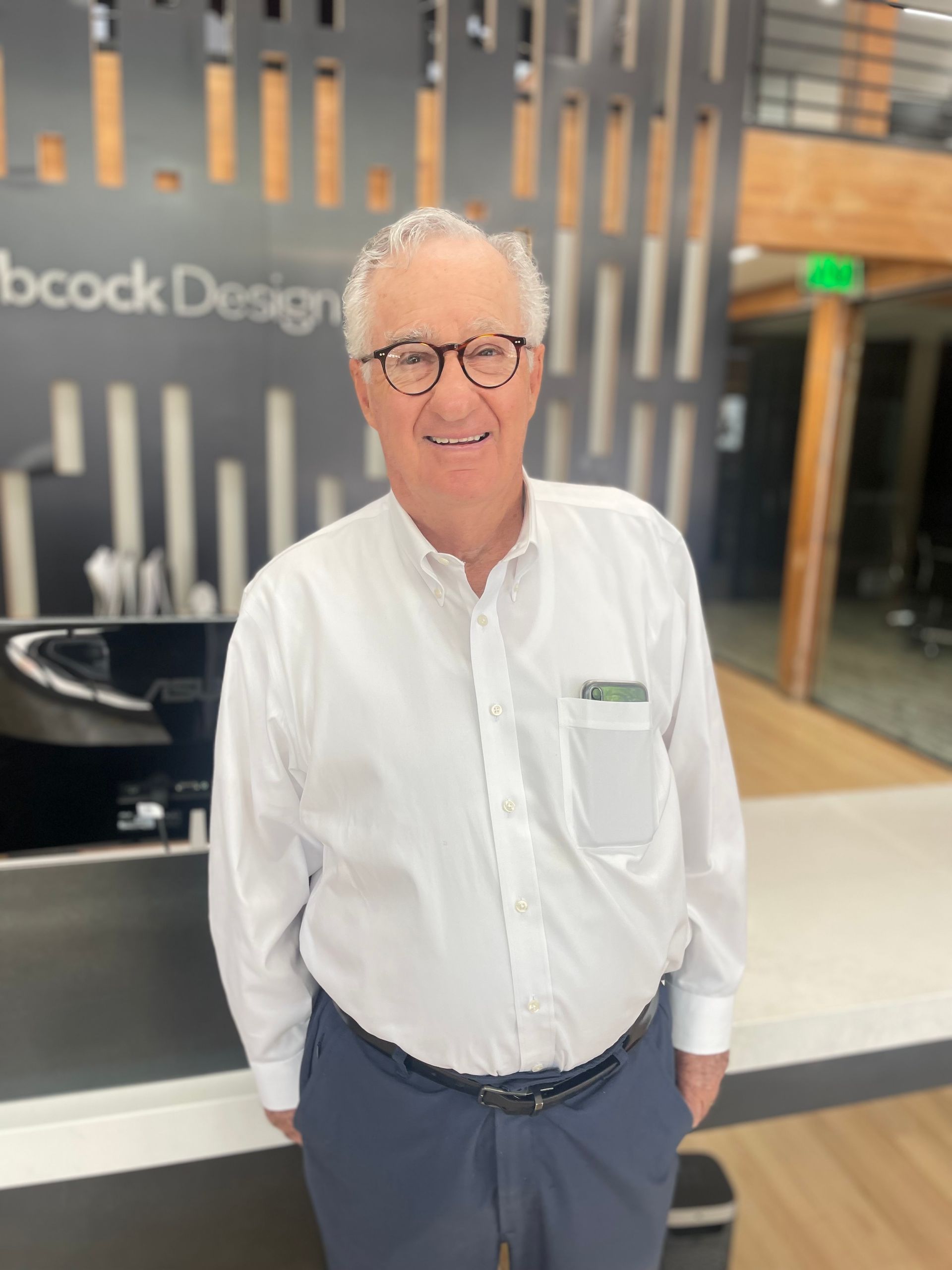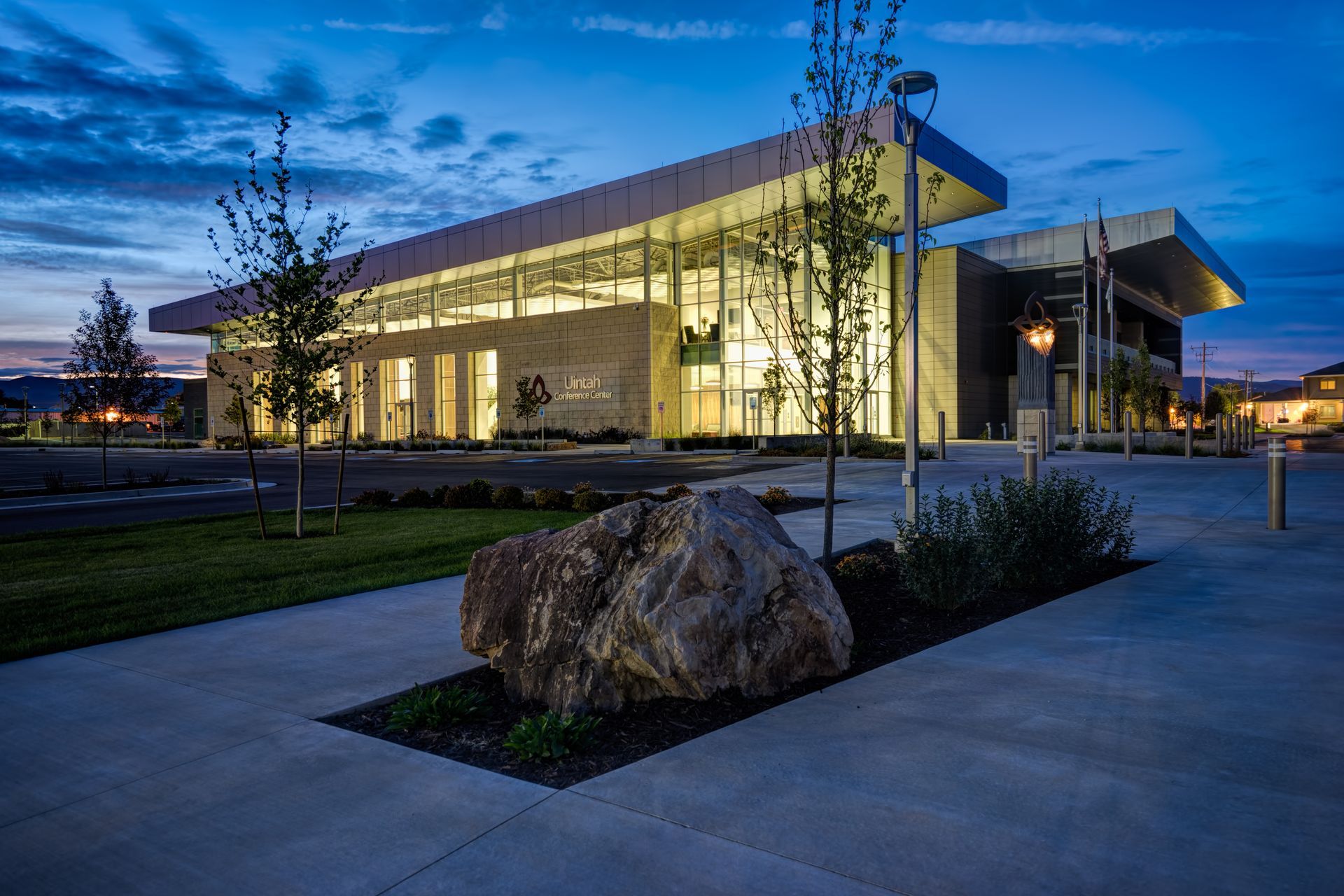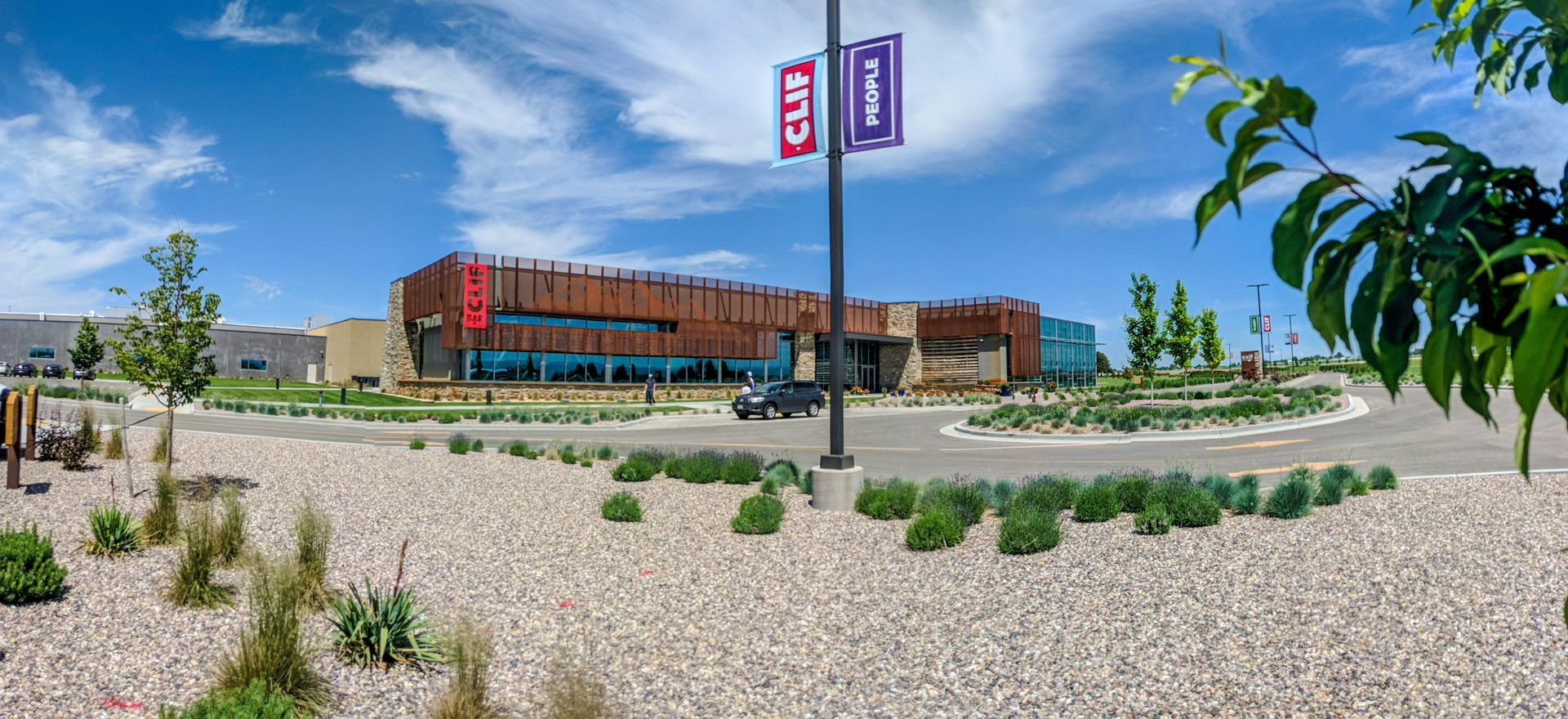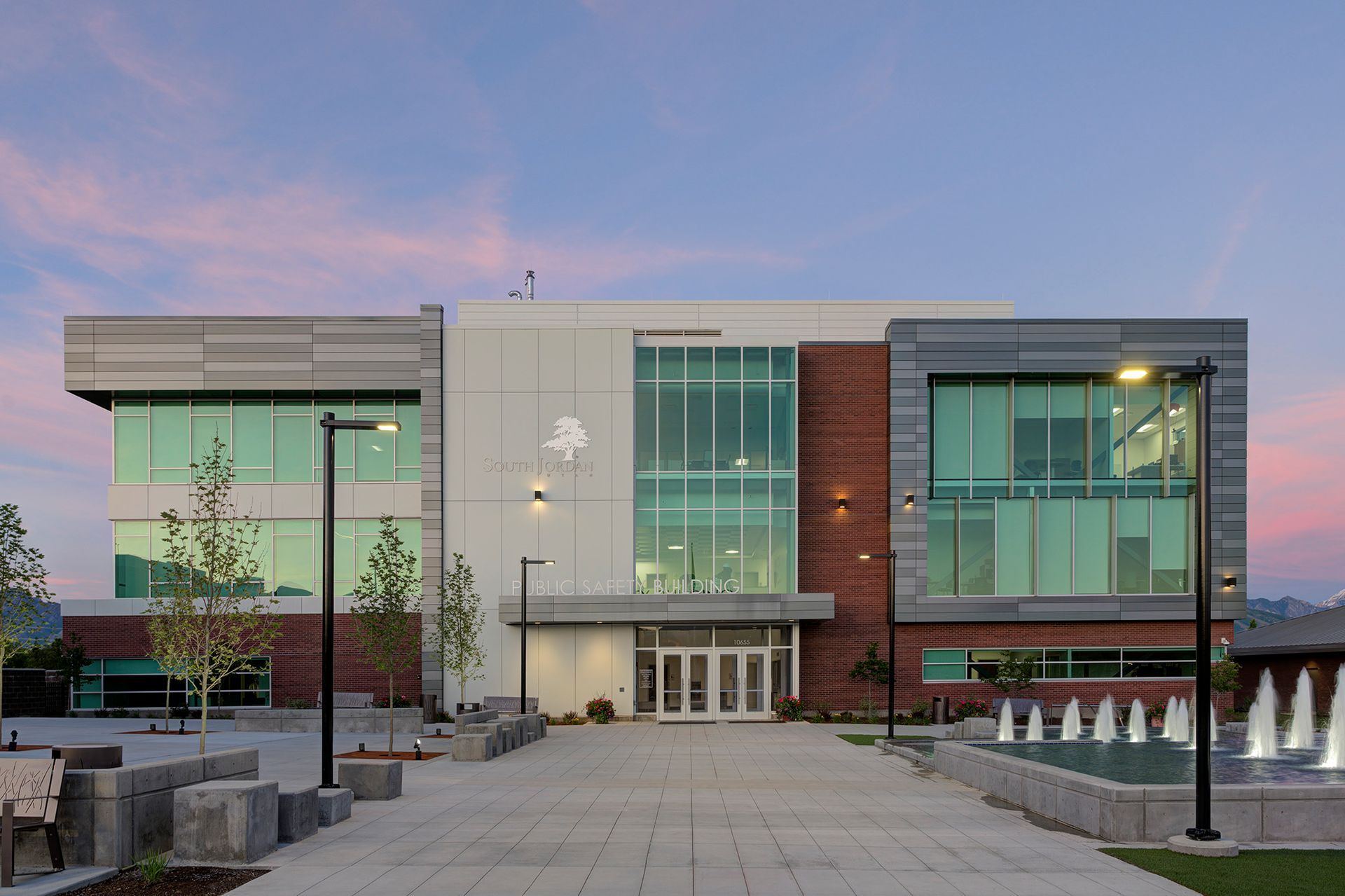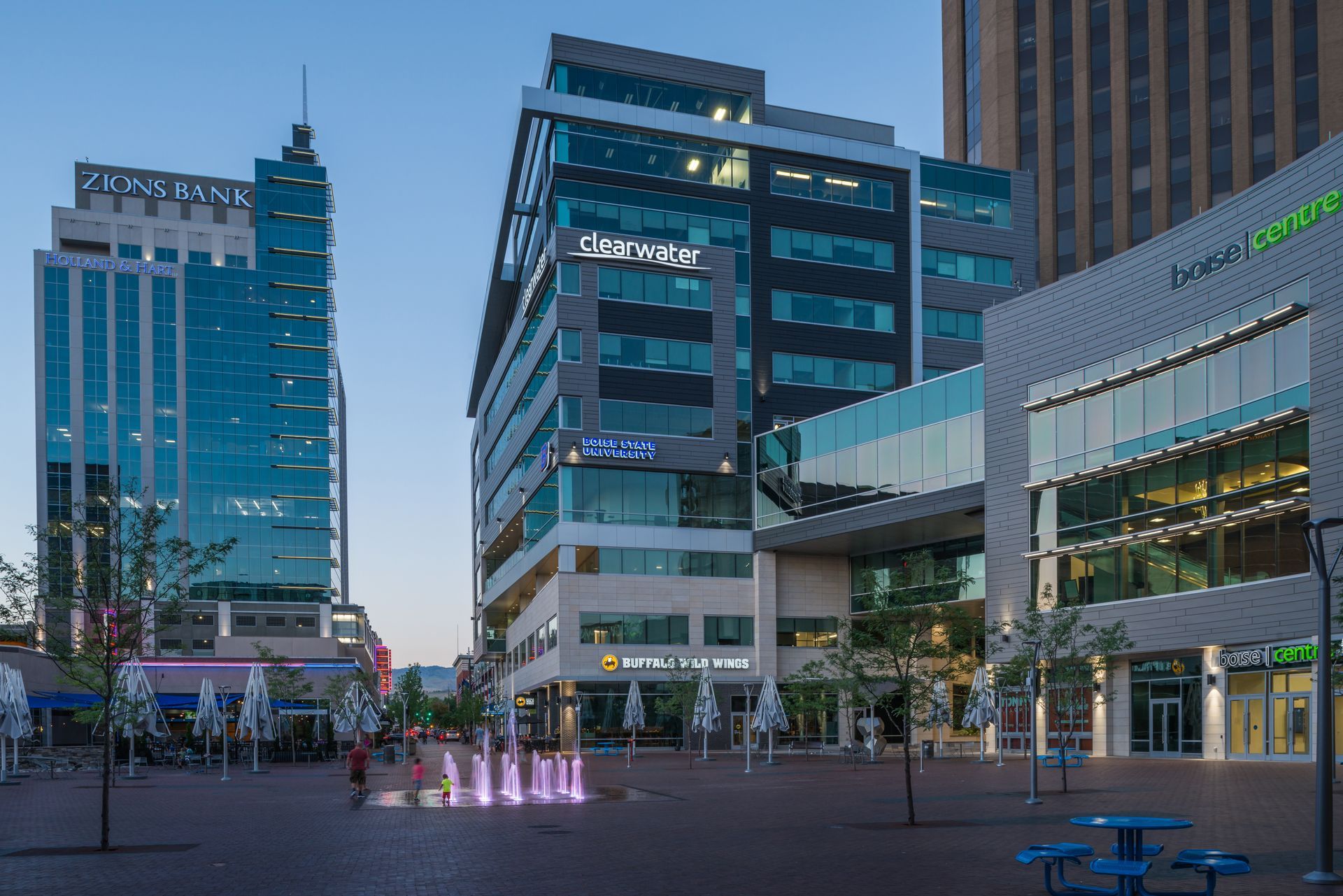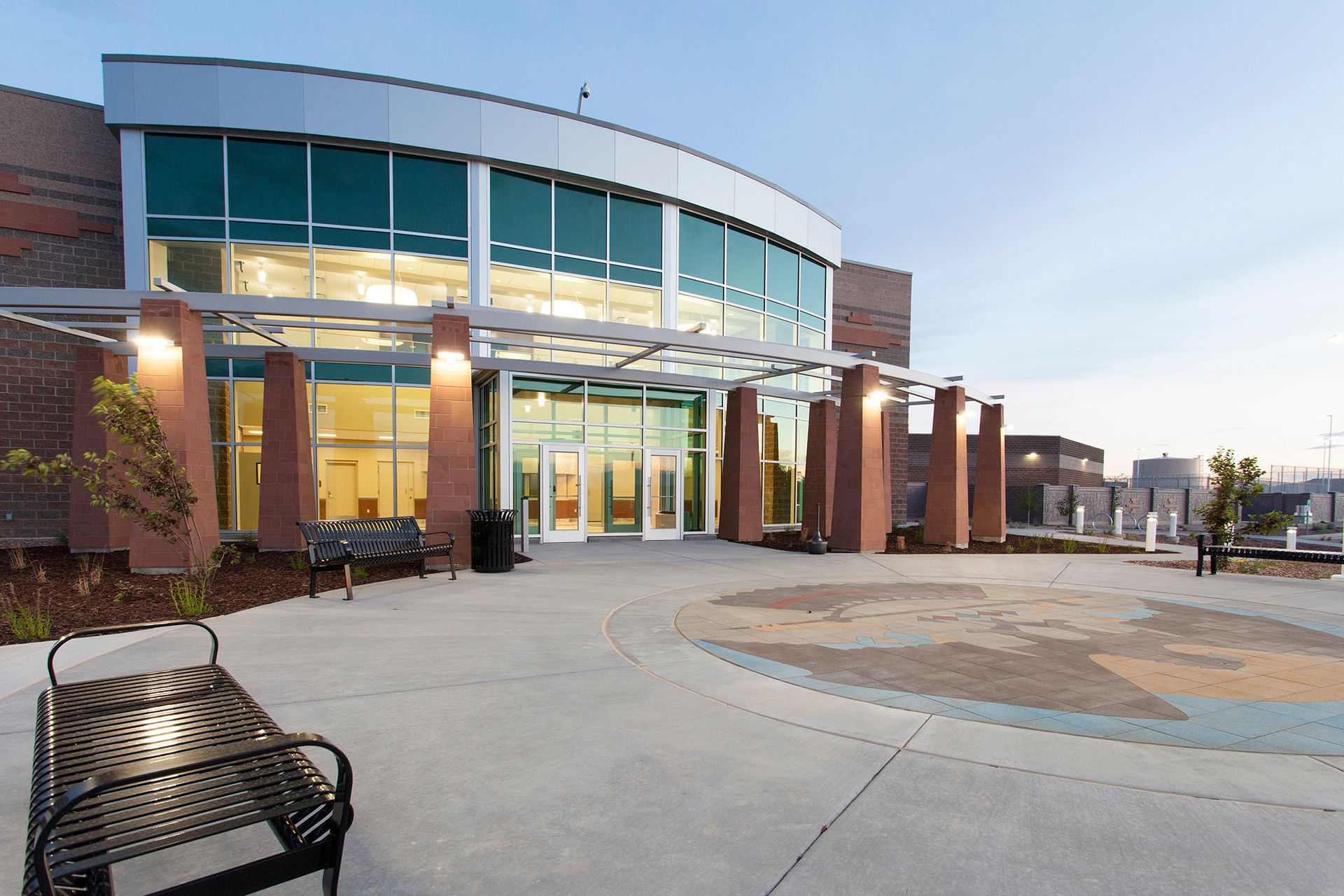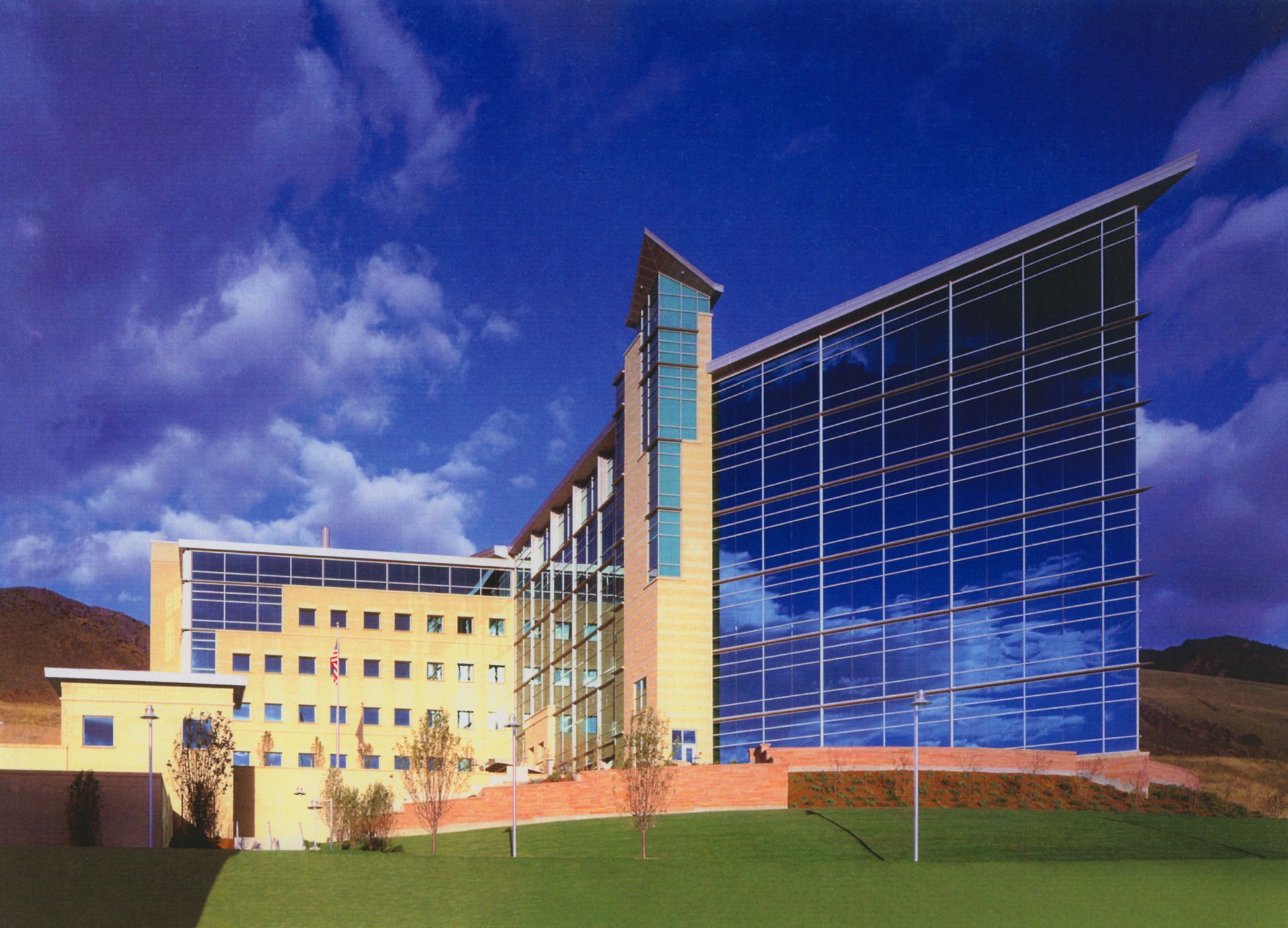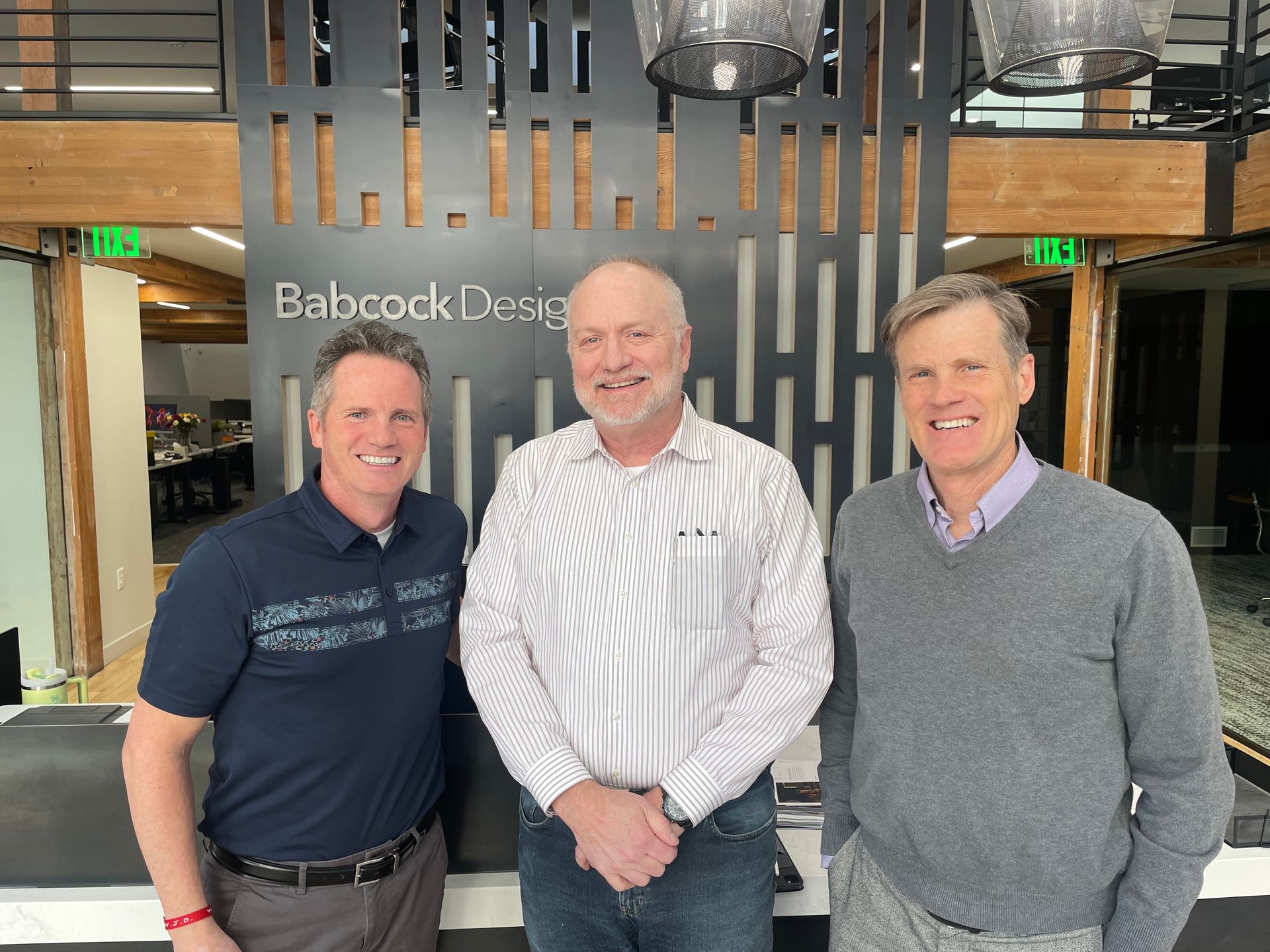As Babcock Design marks its 40th anniversary this year, founder Fred Babcock reflects on his profoundly unique career.
By: Brad Fullmer
Interest in Art = Career Path to Architecture
Babcock had a passion for art in high school and was intrigued by a possible career in commercial art and graphics, which led to an art teacher recommending architecture as a career with better stability and earning potential.
After graduating from Pocatello High in 1956, Babcock spent a year at Idaho State. At the end of that year, the instructor counseled the young graduate to consider the University of Utah's architecture program as a superior educational option for a student of his caliber.
"I went home, told my dad, and I could see him [wince]," Babcock recalled. "But he was very supportive. The University of Utah had just hired Roger Bailey as dean, and he brought instant credibility to the program."
Babcock started over as a freshman at the U in the fall of 1957 with 60 others in the five-year Bachelor of Fine Arts and Architecture program and followed that up by earning a Master of Architecture from the University of California, Berkeley in 1962.
Babcock and his wife, Linda, returned to Salt Lake and he worked the next few years with prominent architects including John Clawson, Don Panuschka, and Boyd Blackner. While working with Blackner, Babcock was approached by a friend who was a dentist about designing a new dental clinic. The opportunity was exciting for the young architect, until he told Blackner about it, who promptly congratulated Babcock and told him that he would design it himself. The experience left Babcock with a bad taste in his mouth.
Shortly thereafter, Babcock was approached by two architect friends—Albert 'Ab' Christensen and Ralph Evans—and the trio formed Architects Planners Alliance (APA) in 1968.
APA quickly landed a notable project, a renovation of historic Trolley Square in Salt Lake, which later became the location of the firm's office.
Another prominent long-time client came about a couple of years later when Kem Gardner of Salt Lake-based The Boyer Company contacted the firm about a project directly across from Trolley Square.
"Because we were so close to the site, I think he saw some benefits having someone working on the project who was across the street," said Babcock. "He was happy how it turned out, and through him, I met Roger [Boyer]. Kem has been wonderful to the firm, as well, with ongoing work."
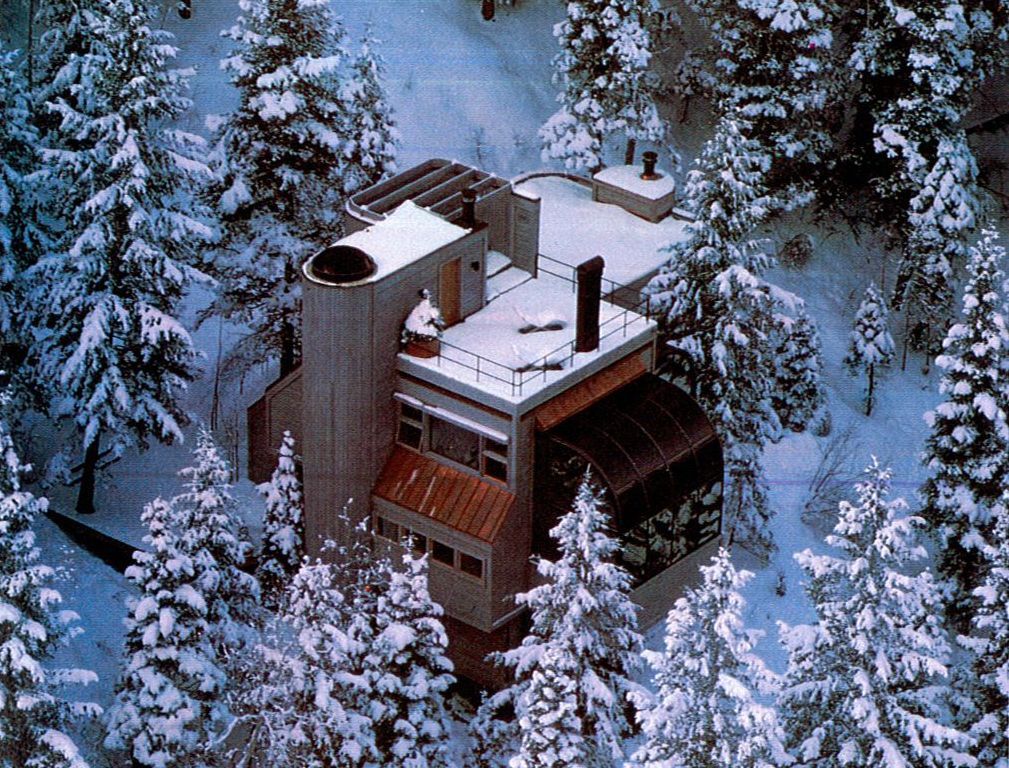
Slide title
Fred Babcock’s ability to connect with people and a genuine desire to design a home or project that absolutely met a client’s vision and dreams led to many loyal clients and inspiring projects including this mountain gem in Park City.
Button
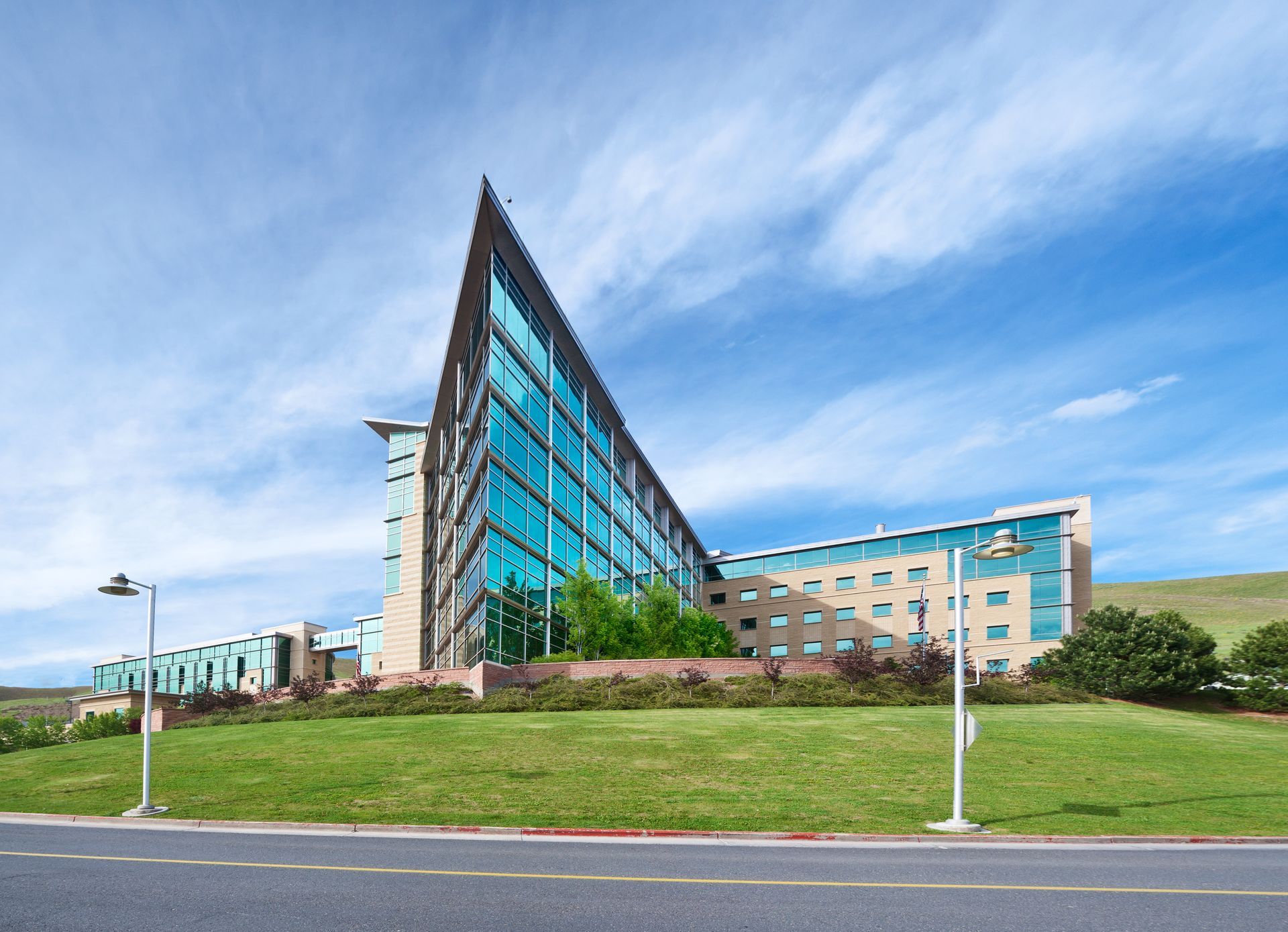
Slide title
Fred Babcock designed several significant projects for Jon M. and Karen Huntsman including Phase I of the Huntsman Cancer Institute (pictured)—a building that continues
to age gracefully more than 25 years after its completion. (photo courtesy Sohm Photografx)
Button
Celebrity Architect; Niche in Designing Custom Homes
In 1974, tragedy struck when Christensen suffered a heart attack at 43 and passed away, a huge blow to the still up-and-coming firm.
"That really set us back," said Babcock. "Ab was the leader of the firm; the key principal—we depended on him."
His passing created a unique opportunity for Babcock to work directly with his first "celebrity" client, Hollywood legend Robert Redford. He said Redford was pleasant to work with and came across as a regular guy, considering his A-list, heartthrob status.
"When Ab died, I got a call from Redford saying, 'What are we going to do?' So, I followed up with him. That was back in the day of the 'Sundance Kid'—it was a big deal. I had more people wanting to know about [Redford's house] than anything else we were doing," he laughed.
He continued, "Our office in Trolley Square was surrounded by glass on the second floor. Every time we had a meeting with Redford, we'd go in that conference room, and before you knew it there were 50 people milling around, pretending they were shopping. That was exciting!"
Designing Redford's home was certainly a thrilling opportunity but Babcock was just getting started on an almost fairytale-like career designing homes and other generational projects for an enviable list of well-known clients.
His secret? An innate ability to connect with people, and a genuine desire to design a home or project that absolutely meets the client's vision and dreams.
By 1984, Babcock had teamed with John Pace to create Babcock Pace Architects, and they purchased an office in Exchange Place which remains the firm's Salt Lake headquarters, albeit with a sharp new makeover. Pace left two years later, and Babcock, along with Brent Davis—who Babcock spoke glowingly of all these years later—and a few others, soldiered on as Babcock Design.
Dynamic Relationships Key to Filling Project Pipeline
Babcock Design thrived in designing custom homes, and Babcock's relationship with commercial clients blossomed during the late 80s and early 90s, providing other opportunities to supplement residential work.
"I've always had a passion for residential work and fortunately was able to maintain enough work to sustain the office," said Babcock.
Babcock said designing a custom home for a client was always a thrill, a process he quickly mastered because he cared so much about the final product and fulfilling people's dreams.
"[Designing a home] is more of a privilege—they're depending on you to glean from them what their dreams are, without them having the knowledge of how to do it," said Babcock. "I found out early how important it was to listen. I love art, I love to draw, and I felt like what you present to people is an extension of who you were, through the pencil."
The ability to negotiate directly with an owner—whether it be a single residence for a homeowner or multiple commercial projects for a private developer—was where Babcock Design thrived.
"Therein lies the essence of a successful practice—maintaining relationships," Babcock added. "That was a big part of our residential work [...] I don't remember getting a house [to design] that didn't come as a referral. And designing those homes led to some significant experiences for me."
Word-of-Mouth Referrals Lead to Remarkable Opportunities
One of those experiences came about when Babcock one day got a call from a real estate agent in Park City who knew of the firm's reputation. He had a client from New York who needed an architect and Babcock's name was mentioned.
He ended up meeting with Martin “Marty” Granoff, and ultimately designed not one, but three homes, which led to a genuine friendship between the men.
Granoff later called Babcock regarding the design of a Hillel for Tuft's University in Medford, Massachusetts, a request that left the architect rather speechless, given that he was just getting to learn a bit about Granoff's Jewish faith.
Granoff proved to be a very philanthropic individual who was funding the Tuft's Hillel project, a project Babcock said is for Jewish students to socialize, fellowship, and practice their religion, much like a Latter-day Saint Institute building.
"I didn't even know what a Hillel was, but because he had confidence in me and wanted me to design that, it put myself in a spot I never dreamed of," said Babcock. "We ended up designing three more Hillels and consulted on many others across the country. It was really impactful to our firm. I still talk every month or so with Marty—we're dear friends. And it all started with a relationship with a real estate agent in Park City!"
Huntsman Connection Proves Fruitful
Babcock's relationship with Jon and Karen Huntsman was also ignited by a referral. He said the Huntsman’s were planning a "fairly significant residence" on a 35-acre spread in Park City, and Karen became aware of Babcock's name and called him out of the blue one day.
Three other significant projects from the Huntsman's followed, including a remodel of their home in Salt Lake, and two major commercial projects near the University of Utah: the Huntsman Corporation offices, and Phase I of Huntsman Cancer Institute (HCI).
"That turned out to be a wonderful honor," said Babcock. "Jon said to me, 'Fred, I am committed to curing cancer, committed to funding a cancer institute.’ He had [cancer] at the time. I had no idea it would turn out the way it did!'
At the request of the State of Utah DFCM and the University of Utah, Babcock Design had to bring on a partner, which turned out to be Jensen-Haslem Architects (later Architectural Nexus) on Phase I, a building that continues to age gracefully more than 25 years after its completion.
Babcock Design Continues to Build on Founder's Legacy
Babcock Design today is led by a trio of Principals—Rob Cottle, Darin Bell, and T.J. Winger—who combine to have more than 80 years of experience in architecture, with the majority of it with the firm. Each sings Babcock's praise as a mentor and friend, a man with great design acumen and even better people skills. They all realized early on that Babcock's ability to connect with clients was a true hallmark, a skill to emulate.
"I remember asking Fred one time, 'Everyone who knows you, loves you. Are you that good?'" Winger recalled. "He said, 'I'm pretty good, but bring your talent—don't bring your ego. It's the client's money, it's the client's project. We help them make good decisions.' It's the relationship that matters."
"Custom residential was the basis of Fred's firm from the beginning. He fell into [great projects] through his relationships and his hard work," said Cottle, who has been President since 2008, and who worked with Babcock on Huntsman Cancer Phase I in addition to having 30 years of experience at the firm. "His whole ethos, his business development ability, is because he's a genuinely nice guy and he's attentive to them. When we took over, we wanted to continue that approach. One of the reasons we kept the name [Babcock Design] is because there is a lot of goodwill associated with his name."
Cottle said the firm did $1.5 million in revenue that first year, which was followed by three lean years as it weathered the great recession. Cottle, Bell, Winger, and Brent Davis learned from the recession the importance of diversifying their work and becoming proficient in multiple market segments.
"He put in a good word for us on occasion and has always been there for us," said Bell. "He handed us the keys and let us figure it out."
"We learned from the downturn that we had a lot of eggs in a fairly small range of projects. When the economy tanked, it really hurt us," said Cottle. "We needed to diversify our project sectors and widen our influence over the market. Second, we learned the hard way that you have to hire the right people, people that fit your company culture. Our law became 'Must play well with others.’ Having people that don't get along with others can mess up the vibe."
Babcock Design's decision to open an office in Boise—a direct response to getting a plethora of new work from Gardner Company in and around the Idaho capital city—has been a boon to the firm, as it now has 46 employees in the two offices and projects in multiple market segments.
Babcock Design eclipsed the $12 million revenue mark last year and is primed for another banner year in 2024, with 2025 also shaping up nicely.
"We've grown organically, but incrementally," said Cottle. "We've added new people and expanded our range of expertise that addressed our needs." That includes hiring Jackie Black six years ago to establish the firm's Interior Design division, which led to creating an in-house FF&E installation division.
"I have such high regard for these guys—I have a great love for them," said Babcock. "That they would go forward using my name, the great projects they've done. I never would have gone to Boise—I wouldn't have had the nerve to do that! To see what they've done has been a highlight."
Cottle and Bell both have a few more years to go before considering retirement, while Winger has at least another decade ahead of him. The firm has brought on new Principals as partners and shareholders, and the expectation is for Babcock Design to remain a Top 10 Utah architectural firm.
"The best part of our firm is we have different strengths," said Cottle. "I genuinely feel like we build off each other's strengths. We're just all in it together [...] and we try to let each person work where their natural genius lies."
(from left to right) TJ Winger, Rob Cottle and Darin Bell have led Babcock Design to new heights and helped diversify their design portfolio and widen the firms market influence—including opening an office in Boise, Idaho.










